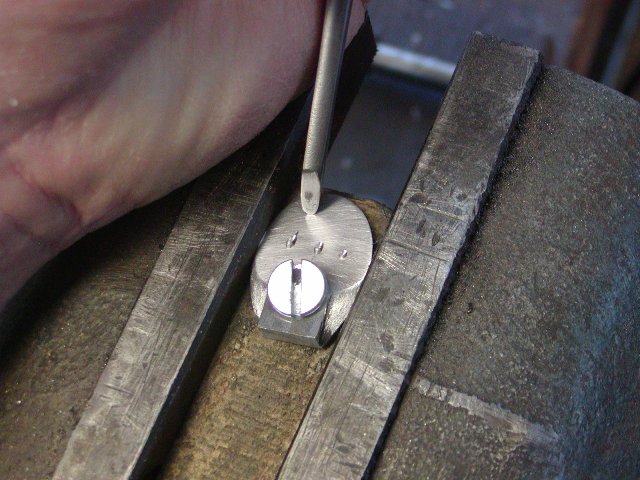This may have been discussed here before and if it has I am sorry for asking. Is it possible to "Over Tighten" the Jaw Screw when tightening down on a piece of flint? If you can, what damage can be done doing so? I have often wondered and have tried to find information as to what is proper, such as as tight as you can get it or a good snug fit, but haven't found anything. I watched a video a little while back when the shooter fired and the flint came back at the camera, or so it appeared. So I thought I would come to the group I feel is most knowledgeable. Thanks for the insight you give. DANNY








